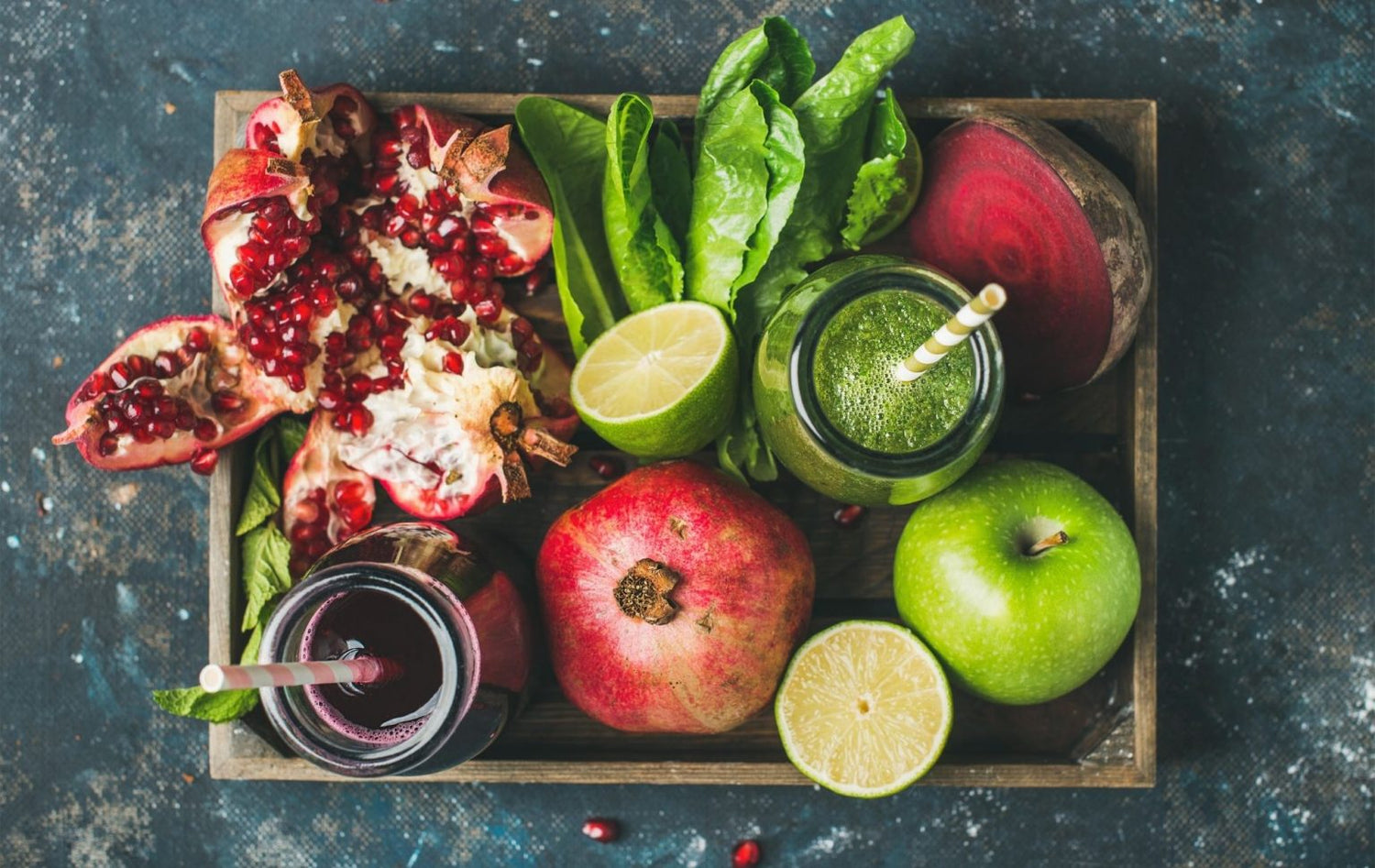Dr Simoné’s latest blog explains how to determine your basal metabolic rate (BMR) & unpacks the science behind metabolic function so you can reach a healthy metabolism and live lean with minimal pain!

The Science behind a healthy metabolism
Metabolism, what a minefield of a topic! So many myths and opinions out there it can leave you feeling very confused and overwhelmed. My goal is to give you some good, clean scientific facts that you can incorporate into your daily life, helping to transition you into optimum health.
What is Metabolism?
According to Dr Mandal, MD Metabolism is a term that is used to describe all chemical reactions involved in maintaining the living state of the cells and the organism. Metabolism can be conveniently divided into two categories:
- Catabolism – the breakdown of molecules to obtain energy and
- Anabolism – the synthesis of all compounds needed by the cells.’
We as humans are made up of around 100 trillion cells which means that our cells are going through metabolic chemical reactions on a daily basis, allowing us to survive. Energy is a vital part of metabolism and why nutrition is also vital for metabolism.
Healthy Metabolism & Metabolic Pathways
The essential metabolic pathways require the correct nutrients to function correctly. Essential nutrients supply energy (calories) and supply the necessary chemicals that the body itself cannot create and must get from our diet. What we eat provides a variety of nutrients that are essential for the building and repair of body tissues, and for the efficient functioning of the body.
The body needs essential nutrients like carbon, hydrogen, oxygen, nitrogen, phosphorus, sulfur, and around 20 other inorganic elements, which it can only get from the food we eat.
The major elements are supplied in carbohydrates, fats, and protein. In addition, vitamins, minerals and water are also essential for all metabolic functions to run smoothly.
3 Factors Influence Your Metabolic Rate
During this complex biochemical process, calories in food and drinks are combined with oxygen to release the energy your body needs to function on a daily basis. The number of calories your body needs to carry out these daily functions is called your basal metabolic rate. This is what most people are referring to when they speak of having a slow or fast metabolic rate.
There are three main factors which influence your basal metabolic rate. These include:
- Your sex – men usually have a higher muscle to fat ratio, so therefore a higher level of living tissue (muscle) over dead tissue (fat) and therefore a faster metabolism.
- Your age – the older we get more muscle is usually lost therefore slowing down your metabolism
- Your size and body composition – the bigger you are the more calories you tend to burn at rest
Your basal metabolic rate which allows your body to have enough energy for its daily functions accounts for about 70% of your daily calories burnt.
Healthy Metabolism: Thermogenesis & Physical Activity
Two other factors influence your basal metabolic rate: Thermogenesis and physical activity.
- Thermogenesis involves processing digesting, absorbing and transporting food to create heat. This is why eating spicy and chilli/hot foods can help with your thermogenesis and production of the heart thus having a positive effect on your metabolism.
- Physical activity and exercise in interval bursts such as running/walking intervals, playing tennis, walking, cycling, climbing stairs etc as a specific exercise session or as incidental exercise whilst going about your day, all add up to the total calories your body burns each day. Physical activity is by far the most variable of the factors for we all respond to exercise differently and weight-bearing exercise such as running will always burn more calories than weight supportive exercise such as cycling. This is due to the extra calories needed to carry your own body plus the calories burnt from the exercise.
Calculating Your Basal Metabolic Rate
So how do you calculate your average basal metabolic rate (BMR)? A reliable formula is the Mifflin St Jeer Equation.
- For men; BMR= 10 x weight in kg + 6.25 x height in cm – 5x age in years + 5
- For women; BMR= 10 x weight in kg + 6.25 x height in cm – 5x age in years – 161
This will give you a great foundation to work toward a healthy metabolism.
There are many factors that influence our metabolic rates and often more than one factor is involved. A combination of genetics, hormones, diet, activity level and the impact of the environment on your lifestyle, including sleep, physical activity and stress.
Of course to lose body fat, one must create an energy deficit so you eat fewer calories than you burn but this can get all very stressful and obsessive. I am always more interested in counting nutrients over calories, but it is important to understand the science of calories in v’s calories out is an important factor when determining the metabolism and your fat loss formula.
Your Unique Fat Loss Formula
When I determine a patient’s unique fat loss formula I take into consideration the fuel v’s the function debate. For years I have treated patients who came to me miserable having cut out all fun foods in their diet and still not having reached their goals. This is because they reduced their calories down to such a level they went into a degree of starvation which in turn slowed their metabolisms down.
My ethos is to get you to a healthy metabolism that is functioning well, support digestion and absorption and in fact all the 11 systems of the body, for if you are functioning well you can have more fun with your diet and literally have your cake and eat it too. If you keep on eliminating food groups from your diet you will end up with only fish and lettuce on your plate, feeling miserable and probably not reaching your health goals anyway. I love fish and lettuce but I love eating many other foods too.
Fast Results & Minimise Suffering
The best option is to support function and then add in good clean lifestyle eating habits so you get fast results and you minimise suffering! At our Rejuv, we are anti-suffering and most patients come back a few weeks after the first session and comment on how easy their plan was and how most of their symptoms have gone, that is music to our ears.
The key is to eat the right foods for you to get your body to absorb your food and for your metabolism to convert the calories you eat into a good level of usable energy. If you are not sure of where to start with your diet see my 4-week body re-boot plan that I developed for Elle Macpherson for a good kick start towards a healthy metabolism.
Balance Your Body Chemistry
A healthy metabolism also depends on an alkaline environment for over-acidity corrodes body tissue and slows metabolism. What you eat needs to balance your body chemistry and bring harmony, not wreak havoc.
Similarly, this is how the universe operates by keeping opposites in balance and the body’s internal universe is the same. The more acidic you are the more you will crave junk foods and feel more tired and sluggish all the time. The term pH actually refers to the concentration of hydrogen ions and this moves the pH to be acidic (less than 7) and alkaline (higher than 7).
In blood, it takes around 10-15 times as much base to neutralise a given amount of acid. It is for this reason that adopting a lifestyle that is prone to keeping you more alkaline than it is to always keep repeating of being acidic and then having to regain your alkaline balance. It is best that our blood maintains a pH level of 7.365 which is a milk alkaline level. This is to be your average level throughout the day, for your levels will fluctuate from acidic to alkaline but we generally want you to live more alkaline than acidic.
Our urine should fluctuate between slightly acidic to alkaline for first thing in the morning your urine will be slightly acidic so it is best to test yourself mid-morning and or before morning caffeine hits!
All of our body’s 11 systems work with a delicate balance between acid/alkaline balance. In the early stages of imbalance, symptoms are mild such as skin eruptions, headaches, sinus, allergies and a weak immune system.
Get Your Cellular Metabolism At Optimum For A Healthy Metabolism
Once you live for an extended period before being too acidic your organs become weakened and you can see dysfunction in your thyroid, liver, adrenals etc. when you are too acidic your oxygen levels decrease and cellular metabolism slows, disease occurs and cells death rates increase. This is why getting your metabolism & your cellular metabolism at optimum not only for your waistline but for your overall health and longevity too.
The body will do anything to stop getting too acidic and will tend to store toxins and acid wastes in our body fat, thus inviting body fat to hang around. There are certain minerals which have a good neutralising capacity and help to detoxify strong acids. These minerals include potassium, calcium, magnesium and sodium. A healthy body will have a good reserve of these minerals to protect the body from exposure to too much acid. if these levels are too low for a prolonged acidic lifestyle then calcium will be leached out from our bones and magnesium from our muscles.
The lymphatic system will then try to get rid of the acid and once this fails the acids are dumped back into the blood and so the vicious cycle starts all over again. The body will dump acids in any area possible to try to protect itself- in the liver, pancreas, breasts, brain, colon or any fatty tissue in the breasts, hips thighs and belly. This continuous process of acid waste breakdown and acidic/toxic storage is the raging process itself.
Alkaline Over-Acidic Lifestyle
The good news that is is not based on age and you are helpless to this system. You can choose a more alkaline over-acidic lifestyle so your body has a good reserve of acid buffering minerals and your organs are functioning correctly so the body is able to process some more fun foods on weekends for example.
I live and suggest to my patients to live 80:20 so that 20% of the week (1.5 days) you have fun, you at your favourite foods and drinks but you balance this out by eating clean during the week. If your body fat is too high have 1 free meal per week instead the 1.5 days till you get back into balance and then move into the maintenance level of 1.5 days off per week.
I’m not one for counting calories but if you make up half of your plate with salads & veg & once quarter of protein (the organic/ non-hormones/ line caught varieties) and 1/4 carbohydrates such as spelt, rye, rice, quinoa, sweet potato etc and then add a tablespoon of a food fat such as love or flax oil or avocado or nuts to that meal you will be in a great place to stay more alkaline, focussing on nutrient-rich foods, which will support the function of all of your 11 systems including your metabolism.
Candida, Digestion & A Healthy Metabolism
Yeast overgrowth/candida can also affect your metabolism, your appetite and general food cravings. I go into more detail about candida in my digestion article part of this Wellness Series but for now, let me give you a few facts that will further help you achieve a healthy metabolism.
Candida is the Latin name for yeast in the human body but is more of a fungus, being single-celled forms that inhabit the land, air and water. Candida is part of your digestive and immune systems and it is essential to life as part of your good and bad bacteria levels. it is the overgrowth of the candida which is the problem. In addition to the damp, acid wastes and mucus candida creates since it thrives on sugar guess what you end up craving?
Sugar and carbs of course for both turn into glucose once they are eaten. So you don’t have to deal with your own levels of food cravings but the cravings of the candida for glucose so it can survive! This obviously has disastrous effects on your metabolism and body fat and cellulite.
If this wasn’t enough the candida itself also produces mycotoxins (fungus) and exotoxins (bacteria) which ferment in your food, particularly glucose generating foods, go into our bloodstream and poison our whole system. for millions of years, these yeasts and fungi have been on the earth and they have developed into millions of different forms, but have experienced little genetic change.
They can survive for thousands of years dormant and have now been found living in tombs recently excavated in Egypt! it is not the yeast and fungus itself which is the problem, it is the toxic waste they produce which makes us sick and make us hold onto necessary weight.
See my Top 10 tips to have a healthy metabolism here.





